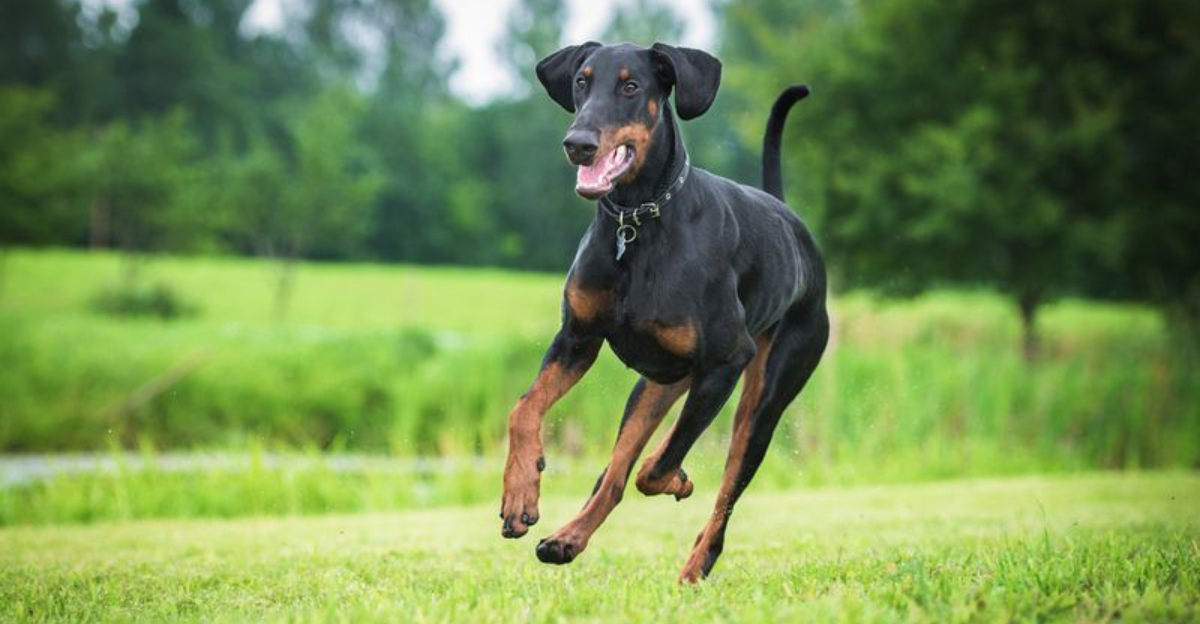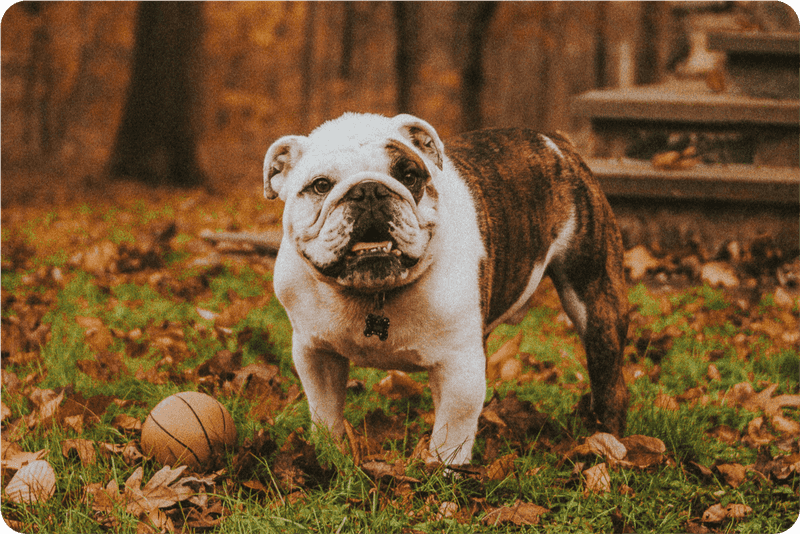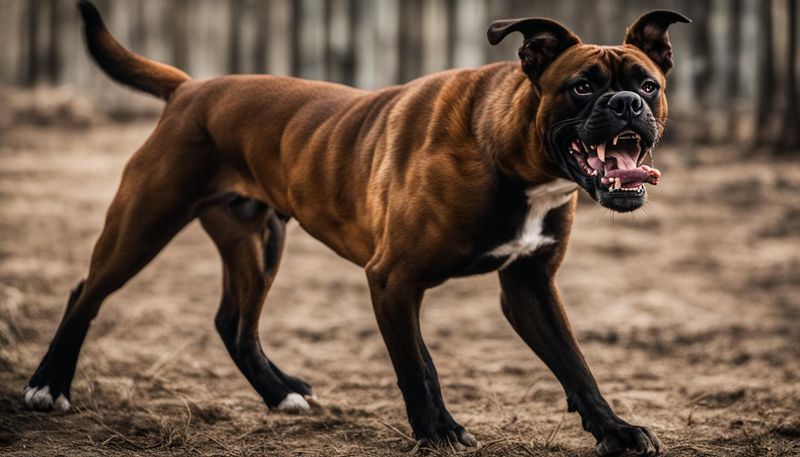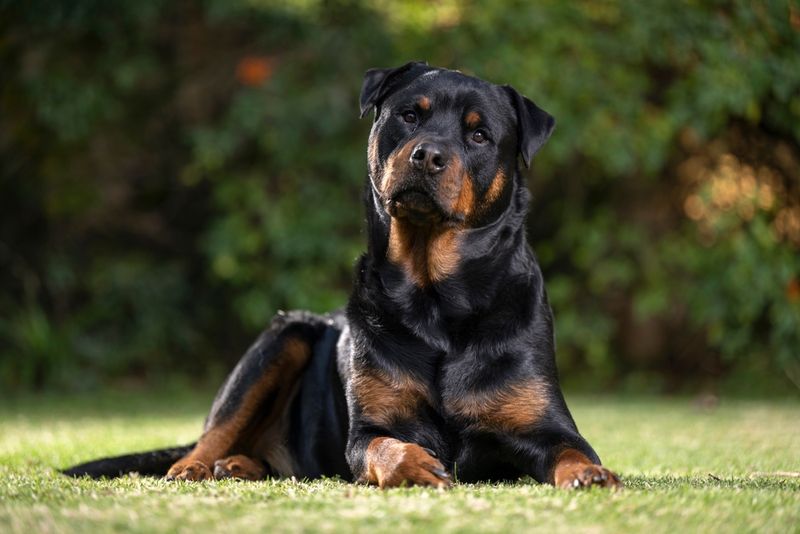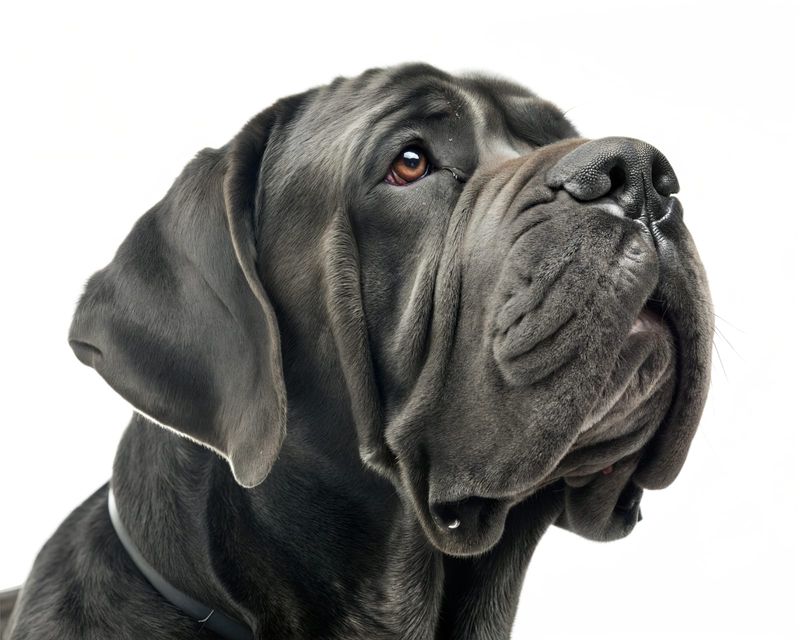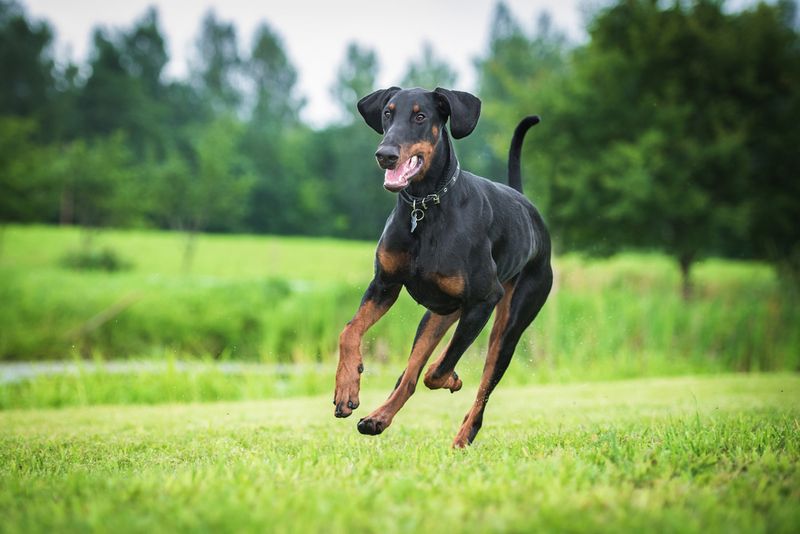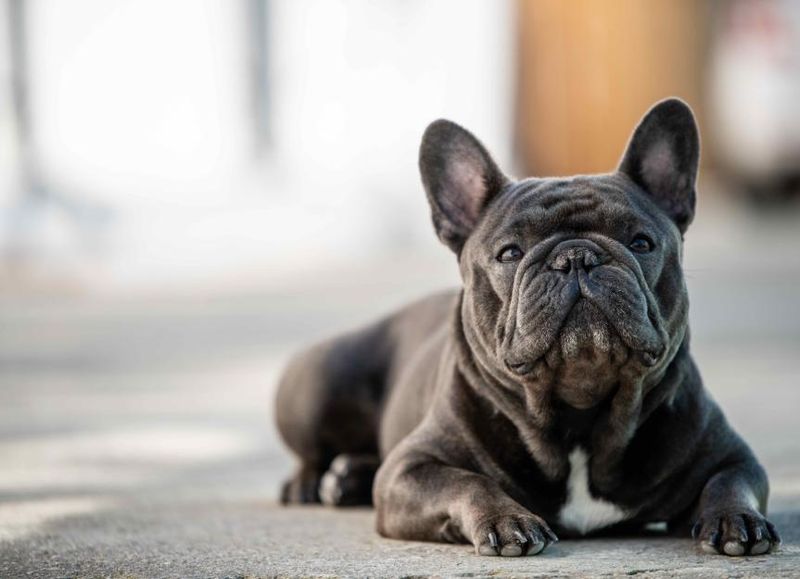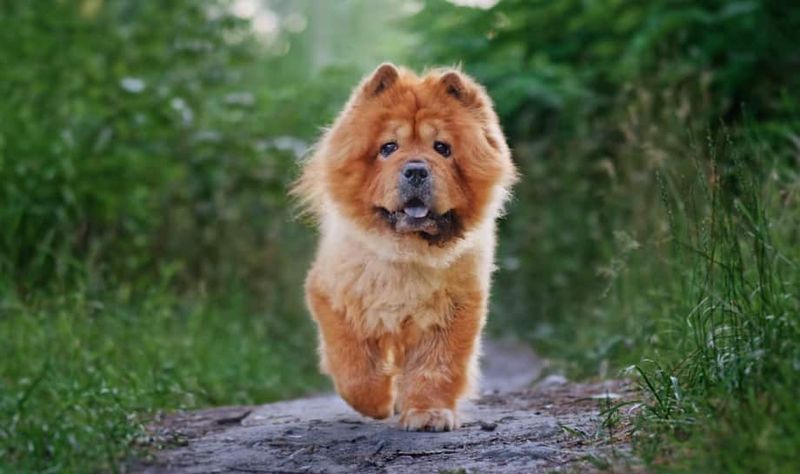Choosing the right dog breed as a companion can be a daunting task, especially if longevity is a crucial factor for you. While all dogs bring joy and companionship, some breeds may not be the best choice for those seeking a long-term furry friend. Here’s a guide, inspired by veterinarians’ insights, on 11 dog breeds that might not fit the bill for longevity-focused pet owners.
Bulldog
Bulldogs, with their charming wrinkles and distinctive stocky build, are adored by many. However, they often face numerous health issues, including respiratory problems, due to their brachycephalic nature.
Their short life span is further affected by joint and skin problems, making them a less ideal choice for those seeking long-term companionship. Despite their affectionate nature, these health challenges can lead to significant veterinary expenses and emotional strain.
A quirky fact: Bulldogs were originally bred for bull-baiting, a practice long since outlawed. Their history adds to their charm, but also to their physical challenges.
Great Dane
Standing tall and proud, the Great Dane is a magnificent sight. Yet, their breathtaking height comes with a price: a shorter life expectancy.
These gentle giants are prone to heart conditions and joint problems, often living only up to 8 years. Their massive size can lead to expensive medical treatments and specialized care, making them a challenging choice for long-term companionship.
Interestingly, Great Danes were once used by nobility to hunt wild boar. Their history of bravery contrasts with their vulnerability to health complications today.
Boxer
Boxers are known for their boundless energy and playful demeanor. Yet, beneath this lively exterior lies a predisposition to health issues, including heart disease and cancer.
Their average lifespan of about 10 years is often marred by these medical challenges. As delightful as their exuberant nature can be, potential owners must prepare for a possible rollercoaster of health concerns.
Fun fact: Boxers got their name from their tendency to stand on their hind legs and “box” with their front paws. This playful trait endears them to many, despite their health pitfalls.
Rottweiler
Rottweilers, with their powerful build and keen intelligence, are impressive companions. Unfortunately, they face genetic predispositions to bone cancer and hip dysplasia.
Their life span often ranges from 8 to 10 years, with health setbacks potentially cutting it short. Despite their loyalty and robust appearance, the medical attention they require can be significant.
Did you know? Rottweilers were originally bred to drive cattle and pull carts for butchers. Their history of hard work is reflected in their sturdy physique but also contributes to their health issues.
Saint Bernard
Saint Bernards, famous for their rescue missions in snowy terrains, are gentle giants. However, their loving nature is offset by a variety of health challenges, including heart problems and hip dysplasia.
Their average lifespan is around 8 to 10 years, often requiring owners to be vigilant about their health. Their enormous size demands ample space and resources, making them a demanding, albeit loving, companion.
A quirky note: Saint Bernards have been depicted with brandy barrels around their necks, a myth that has added to their folklore but is not part of their actual rescue equipment.
Mastiff
Mastiffs, with their grand stature and gentle demeanor, are truly captivating. Yet, their considerable size often leads to health complications, including joint issues and heart conditions.
Typically living between 6 to 10 years, they need substantial care and attention. Potential owners should be prepared for both the space and financial commitments required for their upkeep.
Historically, Mastiffs were used as guard dogs and in battles, a testament to their strength and loyalty. This history, however, contributes to the health challenges they face today.
Dachshund
Dachshunds, with their elongated bodies and lively spirit, are irresistible to many. However, their unique build predisposes them to serious spinal issues, particularly intervertebral disc disease.
Living typically between 12 to 16 years, their health problems can lead to significant veterinary care. Despite their endearing nature, their care needs can be demanding.
Interesting tidbit: Dachshunds were originally bred for hunting badgers, a task that their tenacious personalities are perfectly suited for, despite the physical strain it imposes.
Cocker Spaniel
Cocker Spaniels, with their flowing coats and cheerful personalities, captivate dog lovers. Yet, they are susceptible to ear infections, heart disease, and eye problems.
Living around 12 to 15 years, these health issues can become burdensome. Owners must be diligent in their grooming and health check-ups to ensure their wellbeing.
Did you know? Cocker Spaniels were originally bred as hunting dogs, particularly for woodcock, which is how they got their name. Their hunting prowess is matched by their vulnerability to various health conditions.
Doberman Pinscher
Doberman Pinschers, known for their sleek appearance and intelligence, are loyal protectors. However, they face health problems like dilated cardiomyopathy and spinal issues.
Their life expectancy ranges from 10 to 13 years, often riddled with these medical concerns. Their protective nature requires regular health monitoring to ensure longevity.
An interesting fact: Dobermans were originally developed by a tax collector named Karl Friedrich Louis Dobermann, who needed a loyal and protective companion. Their legacy of loyalty comes with health challenges that must be managed.
French Bulldog
French Bulldogs, adored for their playful and affectionate nature, struggle with numerous health issues due to their brachycephalic structure.
They often suffer from respiratory problems and allergies, leading to frequent vet visits. Despite their charm, their lifespan of around 10 to 12 years is fraught with medical challenges.
Did you know? French Bulldogs were initially bred in England and became popular in France, hence their name. Their adorable appearance is offset by a host of health concerns, making them a demanding choice for long-term companionship.
Chow Chow
Chow Chows, with their regal appearance and distinctive blue-black tongues, are captivating. Yet, they are prone to health issues such as hip dysplasia and entropion.
Their average lifespan is about 8 to 12 years, often requiring substantial medical care. Their independent nature might appeal to some, but their health needs can be overwhelming.
An intriguing tidbit: The Chow Chow is one of the oldest dog breeds, with a history tracing back to ancient China. Their noble lineage is matched by the health challenges they face today.
